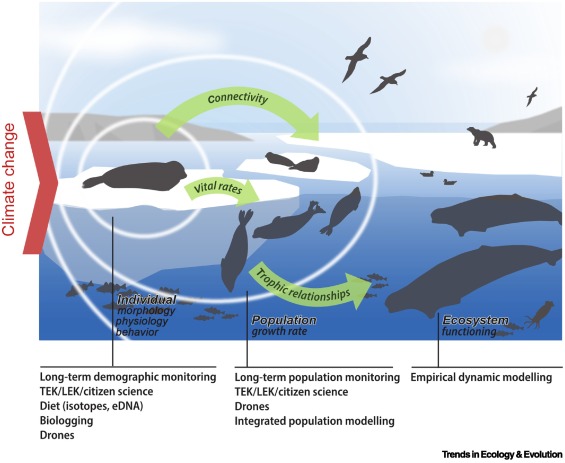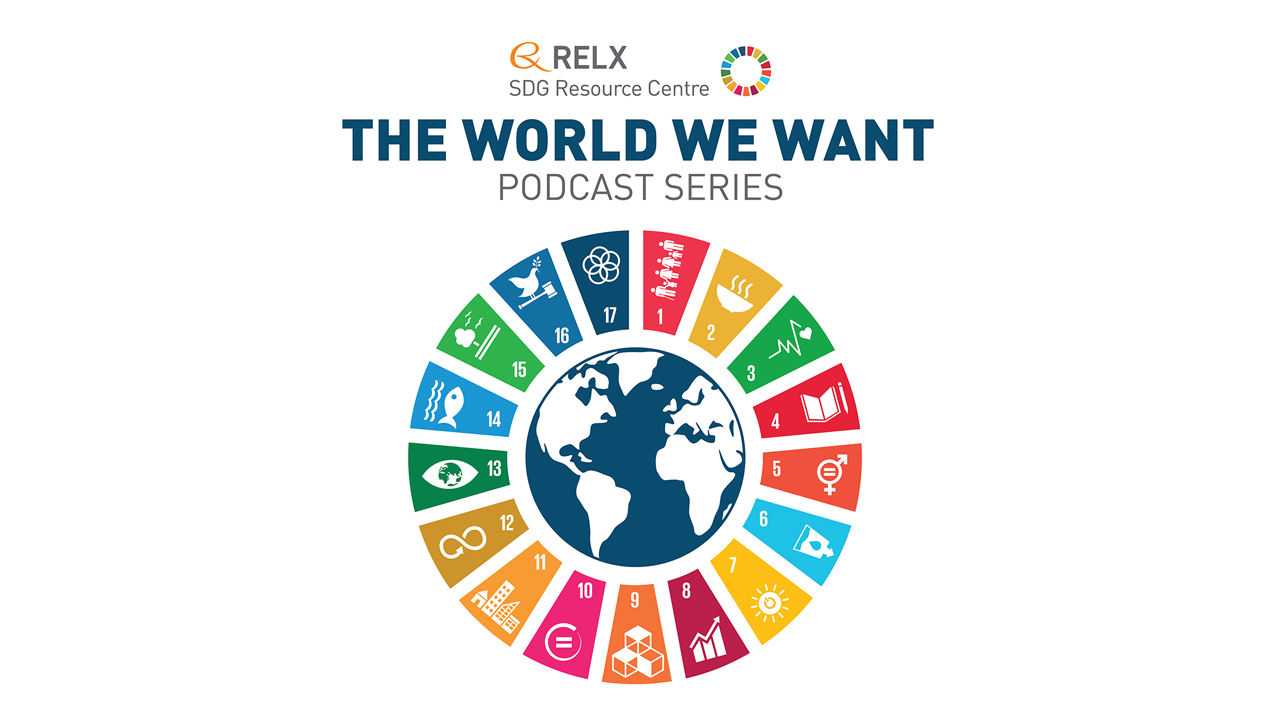In an increasingly interconnected world, acts of charity and kindness have profound ramifications that echo beyond borders. Celebrated annually on the 5th of September, the International Day of Charity embodies this spirit. It's a day to rally communities, NGOs, and stakeholders across the globe to amplify the role of charity in building strong, inclusive societies.
I. The Profound Impact of Charity in the Global Landscape
RELX Environmental Challenge 2023: five shortlisted projects to bring safe water and sanitation to communities around the world




